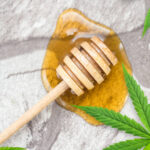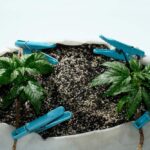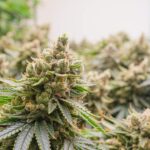The Best Fluffy Pancakes recipe you will fall in love with. Full of tips and tricks to help you make the best pancakes.
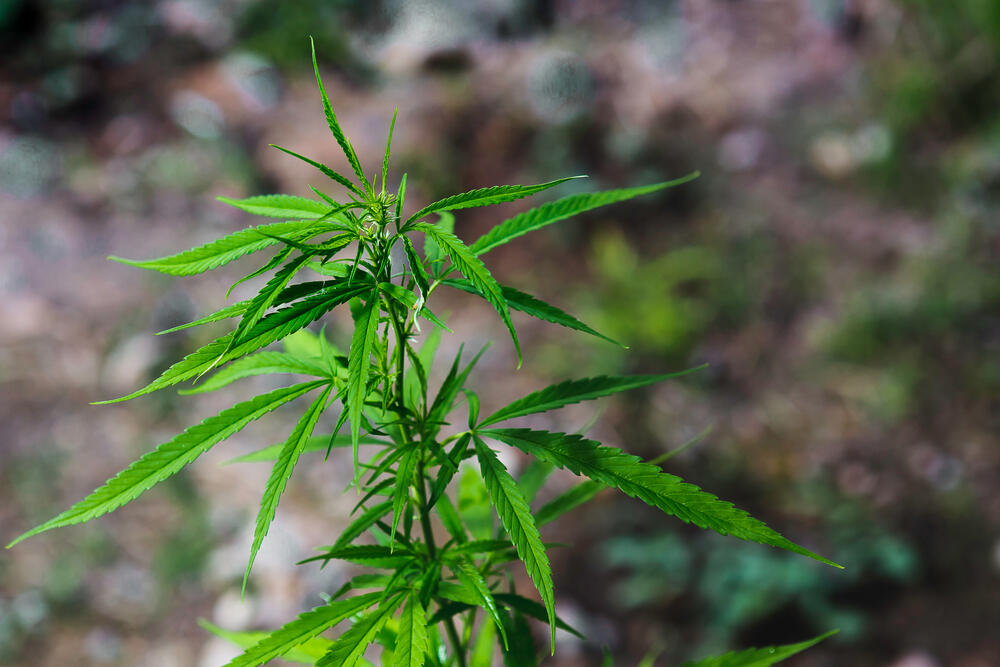
What Are Autoflowering Seeds?
So, you’ve heard about autoflowering marijuana seeds, and you’re probably wondering what makes these little guys different from other weed seeds. Well, let’s dig into what autoflowering seeds are, how they work, and why they might just be your next favorite when it comes to growing cannabis. Autoflowering seeds are ideal for both beginner and experienced growers because they grow fast, don’t need a ton of light management, and can be grown almost anywhere. If you’re looking to learn about quick and efficient growing, autoflowers are for you.
What Are Autoflowering Cannabis Seeds?
The Origins of Autoflowering Seeds
Autoflowering cannabis seeds come from a strain called Cannabis ruderalis, which developed in cold, rugged environments like Central Asia. Unlike other cannabis plants, ruderalis evolved to flower automatically based on age rather than changes in light cycles. When breeders cross ruderalis with more popular genetics like indica or sativa, you get autoflowering seeds. These plants flower independently, and that’s the beauty of autoflowers: they don’t wait for the seasons or a specific amount of light to tell them when to flower.
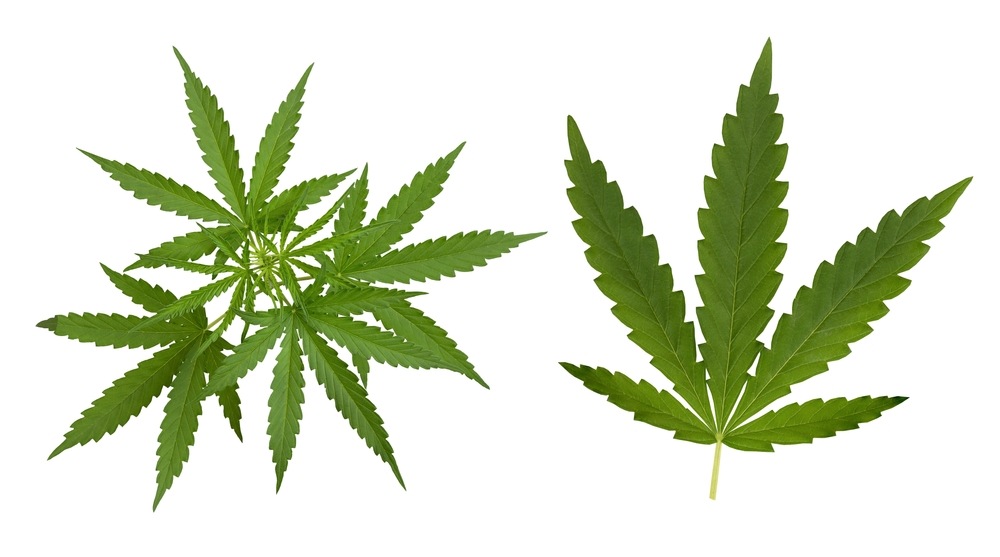
How Autoflowering Differs from Photoperiod Seeds
Photoperiod cannabis seeds rely on light cycles to shift from the vegetative stage to the flowering stage. Autoflowering seeds, on the other hand, don’t care about that—they automatically flower after a set amount of time, usually 2-4 weeks. This makes autoflowers more straightforward to grow and great for beginners or anyone looking for a low-maintenance grow.
Autoflowering vs. Feminized Seeds
You’ll find that autoflowering seeds are usually feminized, meaning they’ve been bred to produce female plants, which are the ones that give you the buds you want. With feminized autoflowers, you don’t have to worry about male plants messing up your grow. This makes it super easy to set up your grow space and ensure you’re getting the most out of your plants.
How Do Autoflowering Seeds Work?
Flowering Based on Age, Not Light Cycles
Unlike photoperiod plants, which require a specific light schedule to flower, autoflowering strains bloom automatically after about 2-4 weeks of growth. Their genetics allow them to ignore the light cycle completely, meaning they flower regardless of how many hours of sunlight or artificial light they receive. This is why they’re perfect for growers who want a simple and quick process.
The Lifecycle of an Autoflowering Plant
Autoflowers have a short life cycle, usually finishing up from seed to harvest in about 8-10 weeks. This includes a brief vegetative stage followed by flowering. Whether you’re growing weed indoors or outdoors, this quick turnaround time is a big advantage, letting you enjoy multiple harvests in a single season.
Growth Time: From Germination to Harvest
One of the biggest perks of growing autoflowers is their short growth time. From the moment you germinate the seeds to the time you’re ready to harvest, it’s usually only about 8-10 weeks. This fast cycle is perfect for people who want to grow weed quickly and get decent yields without waiting months.
Benefits of Growing Autoflowering Seeds
Faster Growing Cycles
Autoflowers are known for their quick life cycles. These plants can go from seed to flower in as little as 8 weeks, which allows you to get multiple harvests in a single year if you plan carefully. This speed is ideal if you’re looking to grow marijuana efficiently and get a constant supply of fresh buds.
Low Maintenance for Beginners
If you’re just starting to grow weed, autoflowers are a great choice. They don’t require a ton of maintenance, especially when it comes to adjusting light cycles, making them the perfect “set it and forget it” type of plant. You just need to give them basic care, and they’ll reward you with a solid yield.
Ideal for Stealth Growing
Autoflowers are small and compact, usually only growing between 30-100 cm in height. This makes them perfect for stealth grows, whether you’re growing in a small indoor space or outdoors where you don’t want to attract attention. These plants fly under the radar but still deliver decent yields.
Multiple Harvests Per Year
Because autoflowers have such a short growing time, you can easily plant them at different intervals and get multiple harvests per year. Whether you’re growing indoors or outdoors, autoflowers can help you achieve a constant supply of marijuana.
Drawbacks of Autoflowering Seeds
Smaller Plant Size, Lower Yield
Autoflowers typically stay smaller, which means they won’t yield as much as larger photoperiod plants. While they grow quickly, you’ll need to plant more of them to get the same yield as a larger, photoperiod strain. This is something to keep in mind if you’re aiming for bigger harvests.
Slightly Lower THC Levels Compared to Photoperiod Strains
Another trade-off is that autoflowering strains often have slightly lower THC levels compared to photoperiod strains. That said, breeders are constantly improving autoflower genetics, so you can still find potent strains that pack a punch.
Limited Cloning Options
Cloning autoflowers is tricky because they flower based on age. Any clone taken from an autoflower will be the same age as the parent plant, meaning it’ll flower at the same time. This makes cloning pretty pointless for autoflowers, so you’ll need to start from seeds each time.
Less Room for Error in Growing
Autoflowers don’t have a lot of time to recover from mistakes like overwatering or nutrient imbalances. Because they grow so quickly, any stunting during the vegetative stage can seriously affect their yield. You’ve got to be on point with your care from day one.
How to Grow Autoflowering Seeds
Choosing the Right Soil and Nutrients
Autoflowers prefer light, well-draining soil. A good mix should include ingredients like perlite to help with drainage. They don’t need as many nutrients as photoperiod plants, so you should be careful not to overfeed them. I always recommend starting with half-strength nutrients and adjusting as needed.
Optimal Lighting Conditions
One of the best things about autoflowers is that they don’t need a strict light schedule. You can keep them under 18 hours of light and 6 hours of darkness, or even a full 24-hour light cycle, and they’ll still thrive. Outdoors, just make sure you’re planting them in a frost-free period, and they’ll do their thing.
Indoor vs. Outdoor Growing
Autoflowers are versatile and can be grown indoors or outdoors. Indoors, you have more control over the environment, but outdoors, you’ll benefit from the sun’s full range of light. Just make sure you’re planting them at the right time of year outdoors to avoid frost.
Common Mistakes to Avoid
One of the most common mistakes is overwatering. Since autoflowers are small, they don’t need as much water as larger plants. Another big one is overfeeding—autoflowers don’t require as many nutrients, so it’s easy to go overboard. Start small and work your way up.
Who Should Use Autoflowering Seeds?
Benefits for Home Growers
If you’re growing weed at home and want something easy and fast, autoflowers are perfect. They don’t take up much space, grow quickly, and deliver solid results. Plus, you don’t need a complex setup to grow them successfully.
Advantages for Commercial Growers
For commercial growers, autoflowers can be a great option if you want to churn out multiple crops in a year. Their fast cycles mean you can harvest more often, making them a smart choice for efficiency and consistent yields.
Best Autoflowering Strains Available Today
Popular THC-Rich Strains
If you’re after high-THC autoflowers, strains like Gorilla Glue Auto and Gelato Auto are top-notch. These strains are known for their potency and quick growth, offering that strong high you’re looking for.
CBD-Focused Autoflowering Strains
For those interested in the medicinal side of marijuana, CBD-rich autoflowers like CBD Auto White Widow are a great option. These strains offer therapeutic benefits without the psychoactive effects, making them perfect for medical users.
FAQ
What is the difference between autoflowering and photoperiod seeds?
Autoflowering seeds flower automatically based on age, while photoperiod seeds require specific light schedules to flower.
How long do autoflowers take to grow?
Autoflowers typically take 8-10 weeks from germination to harvest, depending on the strain.
Can autoflowering cannabis seeds be grown indoors and outdoors?
Yes, autoflowers thrive in both indoor and outdoor environments, making them versatile for growers in different setups.
Do autoflowering plants produce as much THC as photoperiod plants?
Autoflowers generally have slightly lower THC levels, but modern strains offer comparable potency to photoperiod varieties.
What are the best conditions for growing autoflowering cannabis?
Autoflowers need light, well-draining soil, moderate nutrients, and can thrive under 18-24 hours of light indoors or full sun outdoors.
Autoflowering seeds are an excellent choice for growers who want fast, low-maintenance weed plants. They’re ideal for beginners learning the ropes and for experienced growers looking to add quick, stealthy strains to their garden. With modern genetics, autoflowers are potent, resilient might not yield as much as their photoperiod counterparts, autoflowers make up for it with their quick turnaround time, allowing for multiple harvests in a single growing season. Whether you’re a beginner or an experienced grower looking for efficiency, autoflowering seeds offer a simple, effective way to grow quality cannabis without much hassle. So, if you’re ready to get growing, autoflowers might just be the perfect seeds for you.


